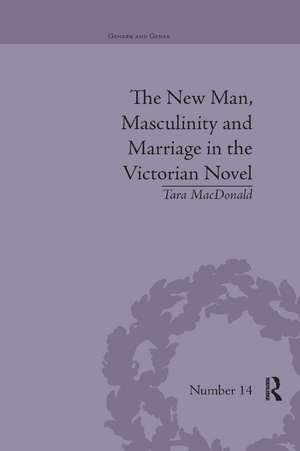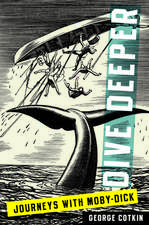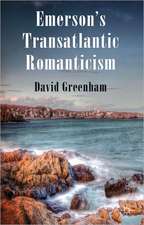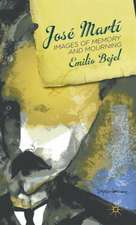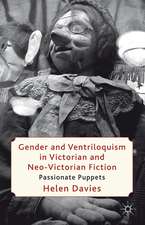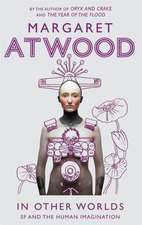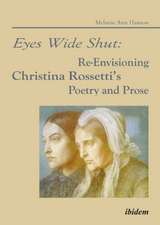The New Man, Masculinity and Marriage in the Victorian Novel: Gender and Genre
Autor Tara MacDonalden Limba Engleză Paperback – 12 dec 2019
| Toate formatele și edițiile | Preț | Express |
|---|---|---|
| Paperback (1) | 326.55 lei 22-36 zile | +22.67 lei 5-11 zile |
| Taylor & Francis – 12 dec 2019 | 326.55 lei 22-36 zile | +22.67 lei 5-11 zile |
| Hardback (1) | 1054.71 lei 43-57 zile | |
| Taylor & Francis – mar 2015 | 1054.71 lei 43-57 zile |
Din seria Gender and Genre
-
 Preț: 416.91 lei
Preț: 416.91 lei -
 Preț: 313.38 lei
Preț: 313.38 lei -
 Preț: 449.41 lei
Preț: 449.41 lei -
 Preț: 449.41 lei
Preț: 449.41 lei -
 Preț: 449.41 lei
Preț: 449.41 lei -
 Preț: 449.41 lei
Preț: 449.41 lei -
 Preț: 489.26 lei
Preț: 489.26 lei -
 Preț: 449.41 lei
Preț: 449.41 lei -
 Preț: 449.41 lei
Preț: 449.41 lei -
 Preț: 449.41 lei
Preț: 449.41 lei -
 Preț: 449.41 lei
Preț: 449.41 lei -
 Preț: 449.41 lei
Preț: 449.41 lei -
 Preț: 449.41 lei
Preț: 449.41 lei - 17%
 Preț: 259.51 lei
Preț: 259.51 lei -
 Preț: 410.46 lei
Preț: 410.46 lei
Preț: 326.55 lei
Nou
Puncte Express: 490
Preț estimativ în valută:
62.48€ • 65.41$ • 51.70£
62.48€ • 65.41$ • 51.70£
Carte disponibilă
Livrare economică 17-31 martie
Livrare express 28 februarie-06 martie pentru 32.66 lei
Preluare comenzi: 021 569.72.76
Specificații
ISBN-13: 9780367875985
ISBN-10: 0367875985
Pagini: 240
Dimensiuni: 156 x 234 x 19 mm
Greutate: 0.45 kg
Ediția:1
Editura: Taylor & Francis
Colecția Routledge
Seria Gender and Genre
Locul publicării:Oxford, United Kingdom
ISBN-10: 0367875985
Pagini: 240
Dimensiuni: 156 x 234 x 19 mm
Greutate: 0.45 kg
Ediția:1
Editura: Taylor & Francis
Colecția Routledge
Seria Gender and Genre
Locul publicării:Oxford, United Kingdom
Public țintă
Postgraduate and UndergraduateCuprins
1. Middle-Class Manliness and the Dickensian Gentleman 2. Healing Masculinity in Mid-century Fiction 3. Doctors, Dandies and New Man in New Woman Fiction 4. The Retreat of the New Man at the Fin de Siecle 5. Sympathy, Suffering and Schreiner's Colonial New Men Conclusion Works Cited
Recenzii
"This book sets out a clear thesis and supports it with sophisticated close readings and historical evidence. In expanding the field of masculinity studies by highlighting the critically ignored figure of the New Man, it joins Phillip Mallett's edited collection as a contribution to our understanding of the Victorian male." - Jacob Jewusiak, Review 19
Descriere
By tracing the rise of the New Man alongside novelistic changes in the representations of marriage, MacDonald shows how this figure encouraged Victorian writers to reassess masculine behaviour and to re-imagine the marriage plot in light of wider social changes. She finds examples in novels by Dickens, Anne Brontë, George Eliot and George Gissing.
